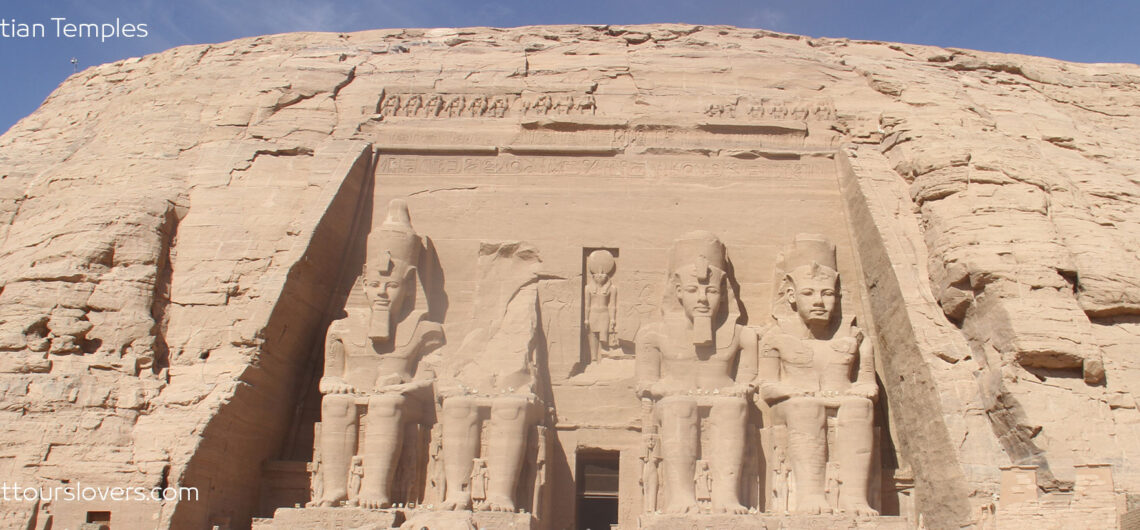Egyptian Temples in Ancient Egypt List of Pharaonic Temples, Historical Facts, Secrets, Design Engineering of the Architecture of Funerary and Solar Temples, Why Temples were built?, What are Egyptian Temples Types? What is the Difference between Old Temples and the temples of the Greek era, Roman and Ptolemaic eras? Discover the rituals that were held in the temple, and more secrets that were previously known about the History of the Pharaohs. Egyptian Temples What architectural and engineering methods did Ancient Egyptians use to construct the Egyptian Temples? Discover Ancient Egyptian Architecture characteristics & Planning, Mechanical Engineering Design, The Architectural Evolution, Construction Methods and Building Materials in Ancient Egypt. Design of the Egyptian Pharaonic temples is considered to be of a special nature, as its idea is based on the fact that the temple is the dwelling place of the god on earth, as a sacred room was designed that is forbidden to humans to enter, and wide open spaces that humans enter. In the religious beliefs of the ancient Egyptians, the temple is the palace of the god on earth and is similar in design to the palace of the God Horus in the sky and the rest of the Egyptian gods. The temple design must contain a room Birth house Mammisi dedicated to proving that the pharaoh was half god and half human, and that he was created by a god from heaven, who is God Hathor. The architecture and planning of each temple was designed differently from the other, starting from the rule of the pharaohs of the First Dynasty of Egypt "King Narmer" until the end of the rule of the kings of the 18th Dynasty in the New Kingdom of Egypt, Starting from the rule of King Ramses II in the era of the 19th Egyptian Dynasty,
Egyptian Temples in Ancient Egypt List of Pharaonic Temples, Historical Facts, Secrets, Design Engineering of the Architecture of Funerary and Solar Temples, Why Temples were built?, What are Egyptian Temples Types? What is the Difference between Old Temples and the temples of the Greek era, Roman and Ptolemaic eras? Discover

